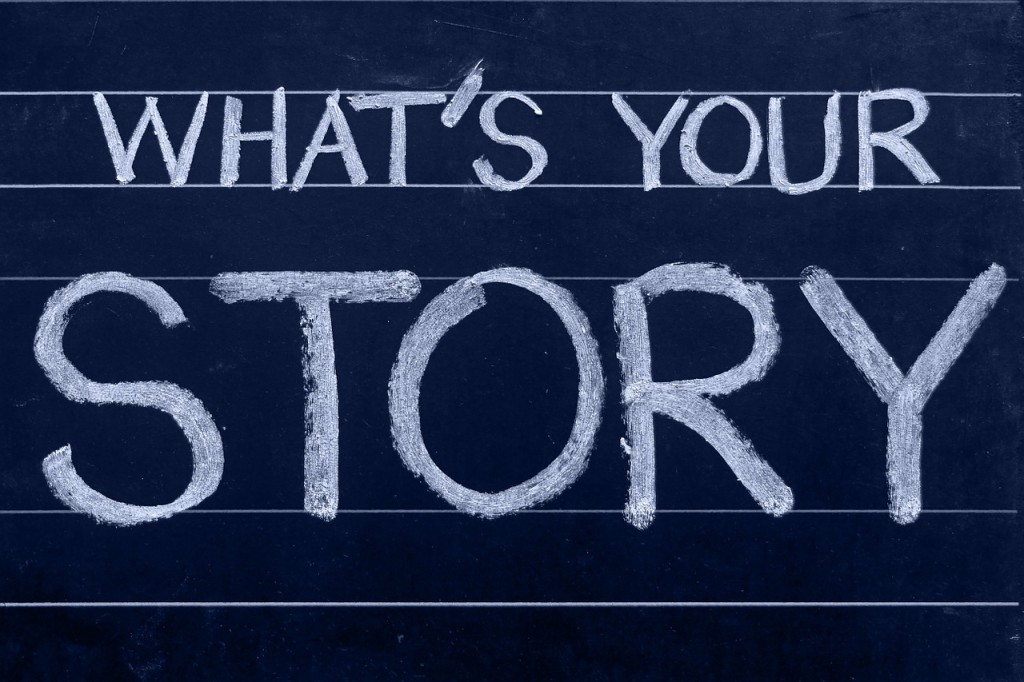Compelling stories find their audience. If relatable, insightful, and filled with new, interesting facts, readers will consume content on an organization’s newsroom, blog or other microsite and share it with their social networks. Today, brand journalism is an important mechanism to strengthen an organization’s reputation and cause stakeholders to take action, understand a topic, support a cause, try a product/service, or visit a destination.
How Do Content Marketing and Brand Journalism Differ?
Brand journalism and content marketing seem synonymous, but have subtle differences. Content marketing creates awareness, grows an audience, converts leads, drives traffic and sells a product. Brand journalism entices action but in an informational, entertaining, inspiring and non-promotional journalistic style to earn stakeholder interest and confidence.
“The 2015 Edelman Trust Barometer research found that ‘a person like me’ and an ’employee of the company’ are among the most highly trusted third-party sources of information,” says Steve Telliano, general manager, Edelman, Sacramento. “Brand journalism tells stories through these trusted messengers. Since they don’t read like traditional marketing content, it’s easier to syndicate the stories and for others to help virally because they’re more informative than promotional.”
Some are weary of the term ‘journalism’ being used to describe content created by the same organization promoting its expertise or product.
“I come down on the side that brand content is different than ‘brand journalism,’ in that journalism is rooted in objectivity and persuasion isn’t necessarily the goal,” says Budd Wagner, vice president, Marketing and Communications, CHI Franciscan Health. “Like public relations in general, branded content excels when it draws a reader in with authentic, relevant and accurate stories or information. That, in turn, helps earn and maintain brand affinity.”
Kelly Faley, vice president of Digital Marketing for Sharp HealthCare in San Diego, says no matter what we call it, what matters most is not writing about what your brand is doing but what consumers find interesting. “Consumers love good stories and they’re willing – even eager – to share content that resonates with them on an emotional or educational level.”
Earn Media Attention
Public relations departments are posting intriguing short stories on mobile-friendly online newsrooms for quick sharing by consumers and employees. Ideas are sent to journalists via tweet or short email with a link to the story. If filled with intriguing, relevant information and expert opinion, journalists will know to check your newsroom for story ideas.
Visuals Enrich Your Story
To build consumer and media interest in your stories include high-quality photos, videos (two minutes or less), charts or infographics.
“Brands must think visually to engage buyers,” says Ken Wincko, senior vice president, Marketing, PR Newswire. “Multimedia-rich content grabs viewer attention, stimulating audience activity and driving discoverability through shares, likes and tweets. Visual storytelling is a critical tool for building brand equity, allowing you to articulate your company’s message in a way that is proven to engage key audiences across platforms. This is validated by our research.
In fact, a recent PR Newswire study showed that press releases with images and videos get up to 552 percent more views than text-only releases.”
“Image and perception help drive value; without an image there is no perception. Thanks to Scott Davis, author of Brand Asset Management for that wisdom!” says Stephanie Helline, owner and creative director of Strategic Design Studio. “Every graphic or piece of media supports your brand. Invest in original photography; stock photography doesn’t come close to the same warmth. Infographics bring together visuals and text in an easily digestible and compelling way, helping data come alive.”
Drive Search Engine Results
Each time you post a piece of brand journalism and it’s syndicated through other channels, your organization’s SERP (search engine results page) increases.
“One of the biggest drivers of strong search results is incoming links to your website,” says Faley. “You want other websites, especially high-quality and high-traffic ones, to link to you. Your strong content, shared on social media, re-posted on blogs, or included on media websites, will drive your site higher up on search results pages.”
“Brand journalism is an incredibly useful tool to influence the search results for a brand and its keywords or values,” says Telliano. “Search engine results are now as trusted as an article in a reputable mainstream media outlet.”
For organizations depending on brand journalism as a critical way to tell their story, this is great news.
—
Diane Gage Lofgren, MS, APR, Fellow PRSA, is senior vice president of Marketing and Communications at Sharp HealthCare in San Diego, Calif. Follow Diane on Twitter @dianelofgren.
For more on this topic, join Diane Gage Lofgren, MS, APR, Fellow PRSA, for her April 30 webinar, “The Power of Brand Journalism.”








[…] emotion is what drives people to share the information with their friends and family. According to Diane Gage Lofgren, brand journalism drives search engine results and pictures within pieces enrich your story and […]